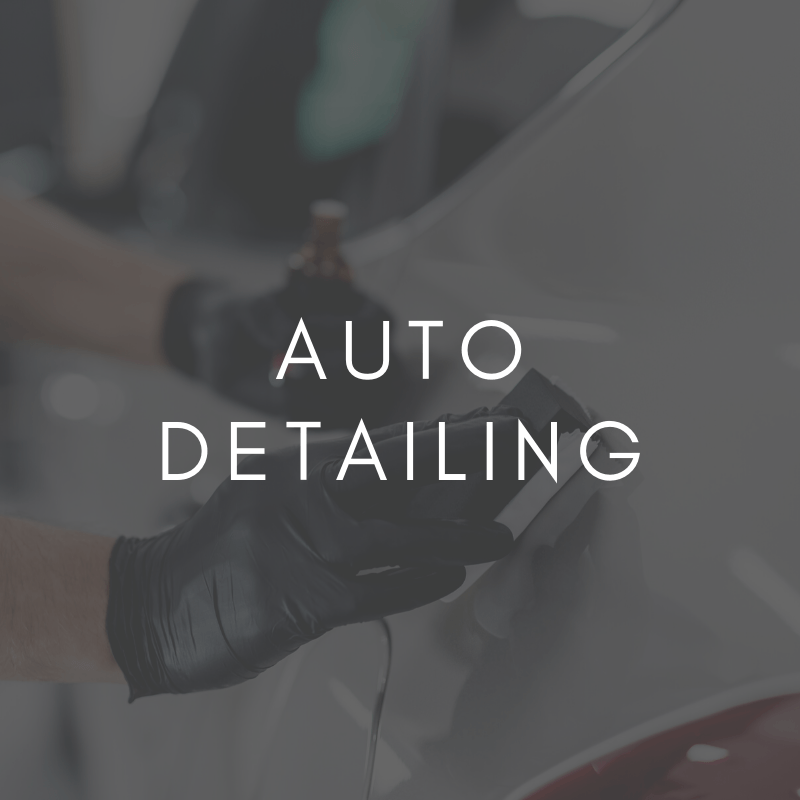Static and Dynamic Calibration
Dynamic Calibration & Static Calibration
Dynamic calibration is a process of calibrating the sensors and cameras while the vehicle is in motion.
Static calibration is the process of using a scan tool, targets, and other special tools and equipment to calibrate cameras and sensors while the vehicle is stationary. Static calibration is a calibration that is performed in a fixed location, such as a garage or workshop, rather than while the vehicle is in motion. During static calibration, the vehicle is positioned in a specific position and orientation. Normally, we use special tools or equipment to ensure precise alignment.
Benefits of static calibration
Time-saving
Static calibrations can be performed quickly and easily in the workshop, saving technicians and vehicle owners time.
Cost-effective
Static calibration can be done at Mutch's Auto in Napanee, Ontario. However, dynamic calibration requires a driving test in a specific road environment.
Safety
Static calibration ensures the normal operation of the ADAS system and the safety of drivers and passengers.
Reliable
Static calibration is accurate and reliable if performed correctly, and ensures proper alignment of the ADAS sensors.
Dynamic Calibration
Dynamic calibration is a complex process that requires specialized equipment and expertise. It is essential to ensure that ADAS systems are calibrated correctly to ensure driver safety and proper system function.
| Benefits | ||
|---|---|---|
| ✓ Accurate | ✓ Minimizes Errors | |
| ✓ Comprehensive | ✓ Verification | |
| ✓ Customizable | ✓ Documentation |



